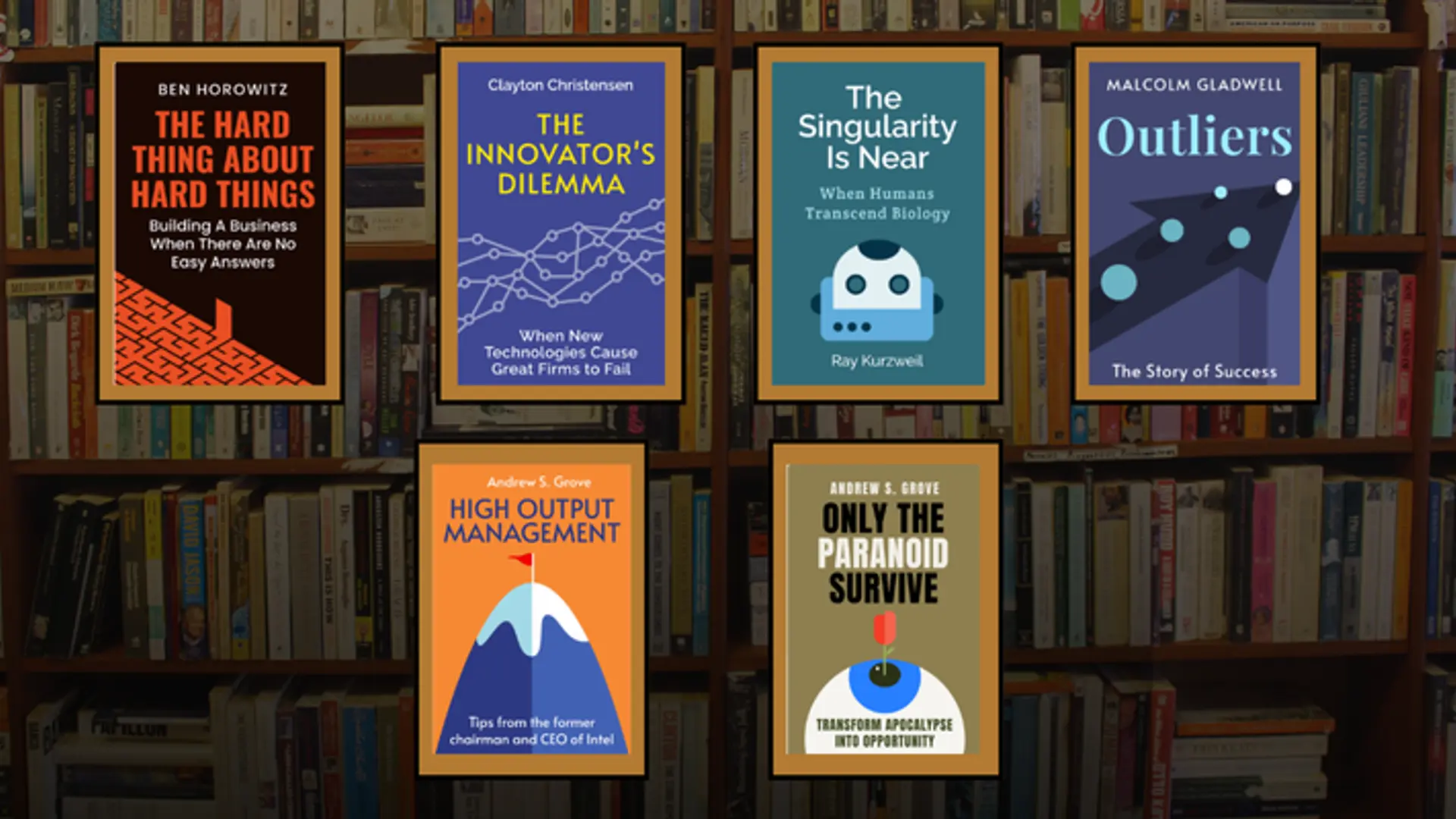
One of the most interesting features of the mobile and internet wave in India is not just the connectivity and information they provide, but the spirit of entrepreneurship that has been unleashed for business and social change. A range of experts, including policy professional Deepak Maheshwari, Fleximoms co-founder Sairee Chahal, and National Skill Development Corporation (NSDC) innovation head Mahesh Vee, were contacted to seek out their views on key trends in the coming year in the field of ICT4D (information and communication technologies for development); see their profiles at the end of this article.
Here are their top dozen takeaways on ICT4D’s key business models, development opportunities, culture changes, and digital services that have emerged in 2013 and should be harnessed in 2014.
Bridging the gap
ICT4D is bridging gaps. It is bringing the ‘city slicker’ closer to villagers, making men look at lives of women differently, bringing industry closer to the government, and helping create informal networks. Knowledge is being freely shared, solutions are being found collaboratively and adding to positive step forward by multiple stakeholders. More and more people are realising the value of operating in context and building solutions closer to local culture and fit.
Facilitator-led models
Technology continues to be an enabler, and hence there is recognition of physical touch points to facilitate and improve adoption. The emergence of a Business-to-Facilitator-to-Customer (B2F2C) model can be seen where personnel in direct contact with the end customers and beneficiaries (eg. ASHA workers, teachers, Panchayat representatives) are empowered with technology in a structured way. This is adding significant value to decision-making, process enhancement and better measurable outcomes, and also better management of the effort -- thus offering scalability.
Technology is not complex anymore
The fearlessness in using more technological solutions to add value is new. Technology historically has been an elitist, closed domain. The first mover advantage was usually the prerogative of the rich. It still is -- but the long tail of technology innovation now allows almost everyone to participate. It is a step ladder to change at the personal level for many.
Custom built for culture
More and more products for ICT are ground up and built in the cultural context from where they come. Whether it is pre-natal SMS reminders or crop delivery management software, many of these solutions are making things more efficient without adding the burden of culture import, something that the urbanisation and industrial cultures missed as a trend.
Targeted content development
There is a strong recognition and development of issue-based content beyond just a platform or product with a digital front-end. This can be seen through partnerships between technology service providers and development organisations, many times supported by targeted funding from donors. These are not only in areas like education, healthcare and livelihoods, but also in newer areas like skill development, value chain development in agriculture and textiles, entrepreneurship, market and financial linkages. While there is a visible upward trend towards focus on content for targeted groups, it is still quite low given the diversity of the user groups (language, profile of beneficiary, sector). Customised solutions with relevant content depth would be something that can be seen in the coming years, and social businesses are certainly leading these efforts.
Built for imperfect
Many solutions for ICT4D are built for ‘imperfect’ scenarios and not for the optimum. India is a resource crunched country with a lot of challenges of governance and infrastructure. Any initiative built outside of this reality is not going to serve the people for whom it is designed. Many award-winning applications and services at the Manthan Awards stood out for their ability to turn imperfection into an advantage.
Freemium model makes way into ICT4D space
Several ICT4D initiatives are going the freemium model in order to scale and succeed. Grants and endowments can do only that much! One does need some revenue and this revenue may incidentally come from the non-ICT4D activities and offerings but also from users who are relatively better off and can and do pay. However, increasingly, the beneficiaries even at the lower socio-economic strata would start paying for certain products and services as long as the benefits are real, payments are small, easy and simplified, and the gestation period to taste the success or impact not too long.
Impact outcomes
Over the last many years, many development organisations have started measuring their outcomes either due to supply side demands or guidelines from donors and investors. Organisations that have their internal systems for measurement are using ICTs and mobiles to strengthen the processes, reduce cost of measurement and also ensure availability of real time data. New technology-based solutions, many of which come with a cost-benefit analysis, are also clearly outlining measurable impact outcomes, and this can be seen across multiple areas.
Compatibility across different devices and platforms
Products and solutions are being built to be compatible across different devices (computers, mobile phones) and platforms (Android, J2EE, iOS) in line with the larger trends in user preferences, cost, and device diversity. Although much of the initial development begins with the appropriate technology for the immediate user group, many scale up to be compatible across different users. Use of voice-based programs on mobile phones (IVR) and integration into web-based products of such programs is also an emerging area of development.
Mobile as a pipe, apps as the driver
The mobile phone, with its increasing reach to rural and urban poor, is being used effectively as a pipe to carry multiple services to the end customer. It is used for a combination of interventions and activities like awareness building through targeted information, an engagement tool with field personnel, a process management tool, and even for monitoring and evaluation through audio and video evidence from the ground. With location-based services and increasing internet penetration, there is also integration with the web -- thus increasing real time information availability, transparency and accountability. While extremely functional and jazzy apps are available for smart phones and there is utility for practitioners in some situations, for most beneficiaries these remain out of reach and hence, the need for simple apps or tools that can be used on feature phones.
Big Data and Cloud
With governments, corporates, multilateral agencies and donor organisations adopting Big Data by the droves and opening up, there are massive opportunities for mashing the data and visualisation tools to identify solutions. ICT4D practitioners also need to open up more and share their data with the broader community. Technology capacity building can get a great fillip if the beneficiaries and facilitators have access to simple and easily customisable standard templates so that they can focus more on development rather than just tools. With cloud based storage as well as processing and access across devices, platforms and formats, things should become easier and brighter.
Privacy concerns
With so much of personally sensitive data as well as personally identifiable data out there in the open without proper safeguards -- not just by the governments and the corporates but also oftentimes in the NGO space as well -- it is all the more important to take privacy seriously. This would require not just legislative and regulatory approaches but, more importantly, increased sensitisation and awareness among people.
Deepak Maheshwari is a public policy and regulatory affairs professional in the ICT sector. He co-founded NIXI and ITU-APT Foundation of India, and helped form ISPAI and IAMAI. His views and articles have been widely published in the media. He is an engineering graduate from IIT-BHU.
Sairee Chahal is co-founder of Fleximoms. She set up the Russia practice for Heidrick & Struggles and CII. Sairee began as a journalist, and was a finalist for the Cartier Women’s Award Initiative for 2012. She is an industry influencer shaping the future of work conversation, particularly for women.
Mahesh Vee leads the Innovation and Engagement practice at the National Skill Development Corporation (NSDC). A master’s graduate in engineering with close to 10 years of experience, Mahesh was previously CEO at KGVK Social Enterprises.







